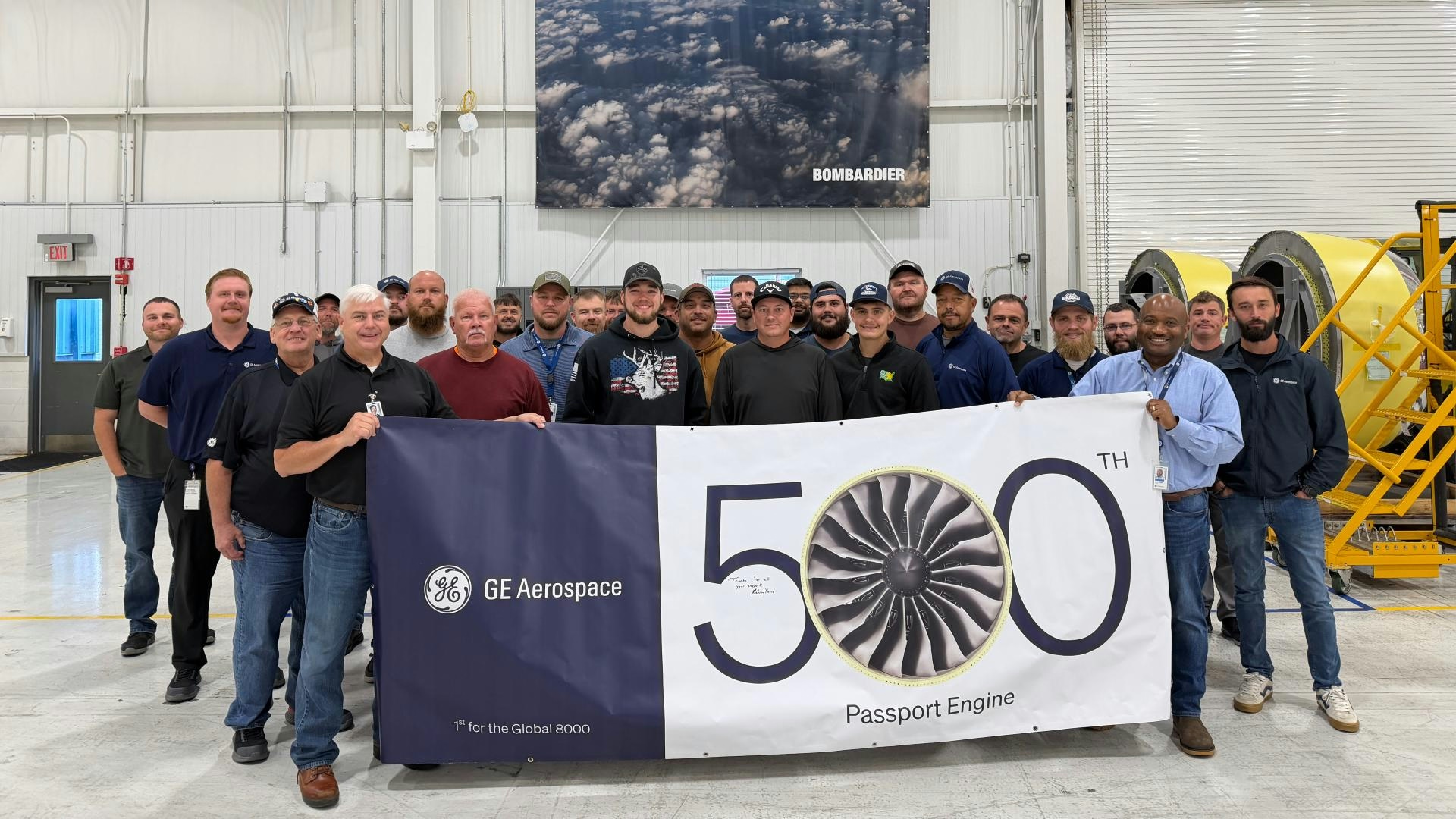
AeroGenie — Votre copilote intelligent.
Tendances
Categories
San Diego International Airport Introduces New Hydrant Fueling System to Enhance Sustainability
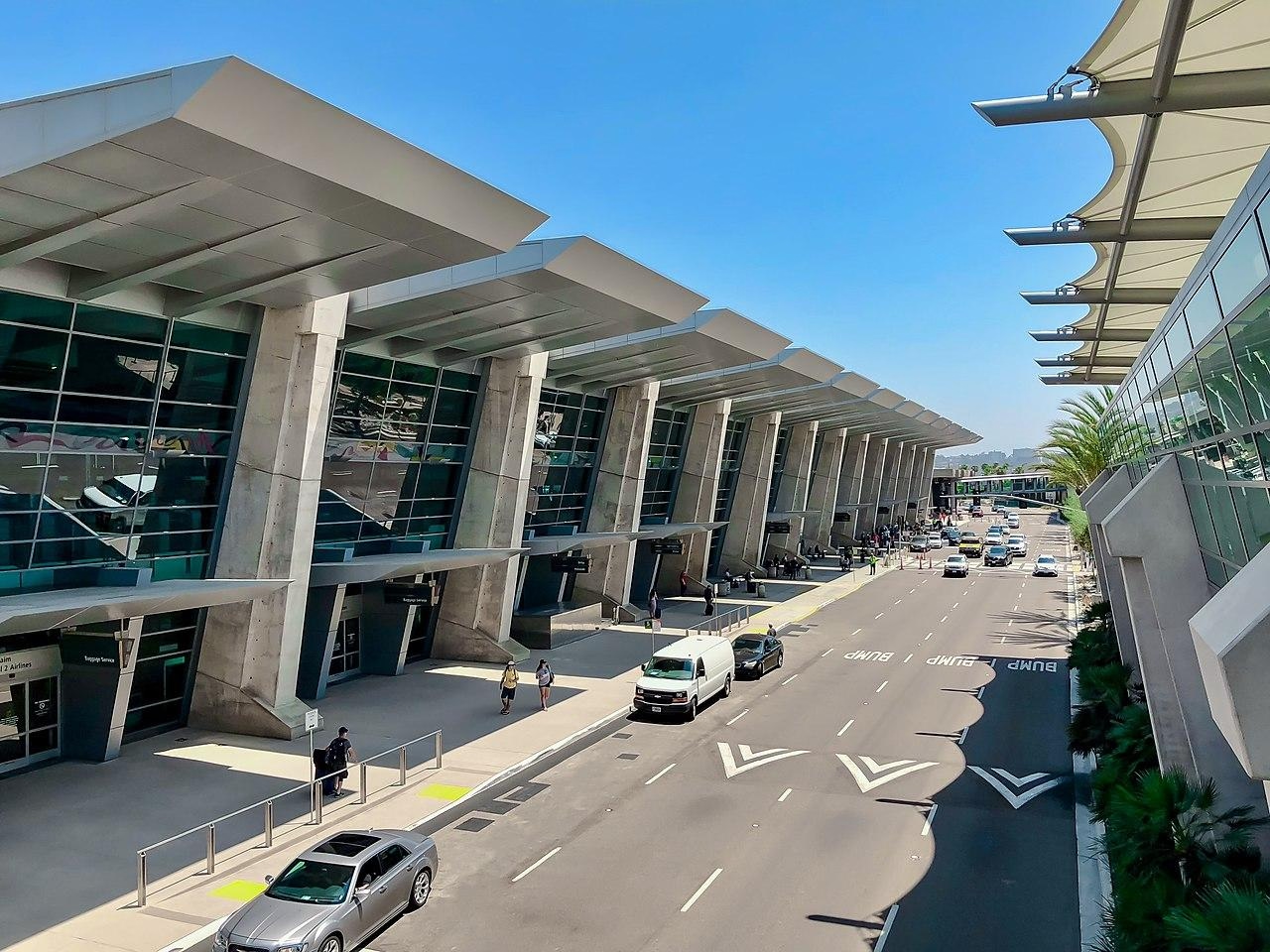
San Diego International Airport Introduces New Hydrant Fueling System to Enhance Sustainability
The San Diego County Regional Airport Authority has inaugurated a state-of-the-art hydrant fueling system at San Diego International Airport (SAN), marking a pivotal advancement in the airport’s pursuit of sustainability and operational efficiency. Developed by Burns & McDonnell, the system facilitates the direct delivery of fuel from storage facilities to aircraft through underground pipelines, significantly reducing the dependence on fuel trucks and expediting the refueling process.
Enhancing Operational Efficiency and Environmental Stewardship
Angela Shafer-Payne, Vice President and Chief Development Officer at SAN, emphasized that the activation of the hydrant fueling system reflects the airport’s ongoing commitment to improvement. She noted that the system not only bolsters operational capabilities but also enhances the passenger experience by shortening fueling times and mitigating environmental impact. The new infrastructure is anticipated to decrease aircraft turnaround times, improve on-time departures, and reduce fuel spillage. By limiting the number of fuel trucks on the tarmac, the airport expects a substantial reduction in carbon emissions, reinforcing its dedication to environmental stewardship and alignment with sustainable aviation practices.
Currently operational at Gates 48 through 51, this installation represents the initial phase of a comprehensive airport-wide transition to hydrant fueling. The project involved the construction of extensive underground fuel piping and related infrastructure on the airport’s west side, with plans to extend the system’s reach throughout SAN in subsequent phases.
Challenges and Industry Implications
Despite the clear advantages, the transition to a hydrant fueling system presents several challenges. The upfront investment is considerable, and the installation process has the potential to cause temporary disruptions to airport operations. Furthermore, comprehensive training and certification for airport personnel and pilots are essential to ensure the safe and effective use of the new system. Nevertheless, this strategic move positions SAN as a leader in sustainable airport operations.
The introduction of this advanced fueling infrastructure coincides with a broader industry trend toward greener aviation. Airlines with ambitious sustainability targets are likely to view SAN’s investment favorably, potentially increasing their interest in operating at the airport. In response, competing airports may seek to upgrade their own fueling systems or advocate for regulatory adjustments to maintain competitive parity.
This development also aligns with global initiatives, such as the European Union’s recent mandates for sustainable aviation fuel (SAF) usage and the growing number of airports worldwide offering SAF options. These efforts underscore a strong market momentum toward more environmentally responsible aviation practices.
As San Diego International Airport continues to expand its hydrant fueling capabilities, the airport authority remains focused on balancing operational excellence with environmental responsibility, setting a regional benchmark for sustainable airport infrastructure.
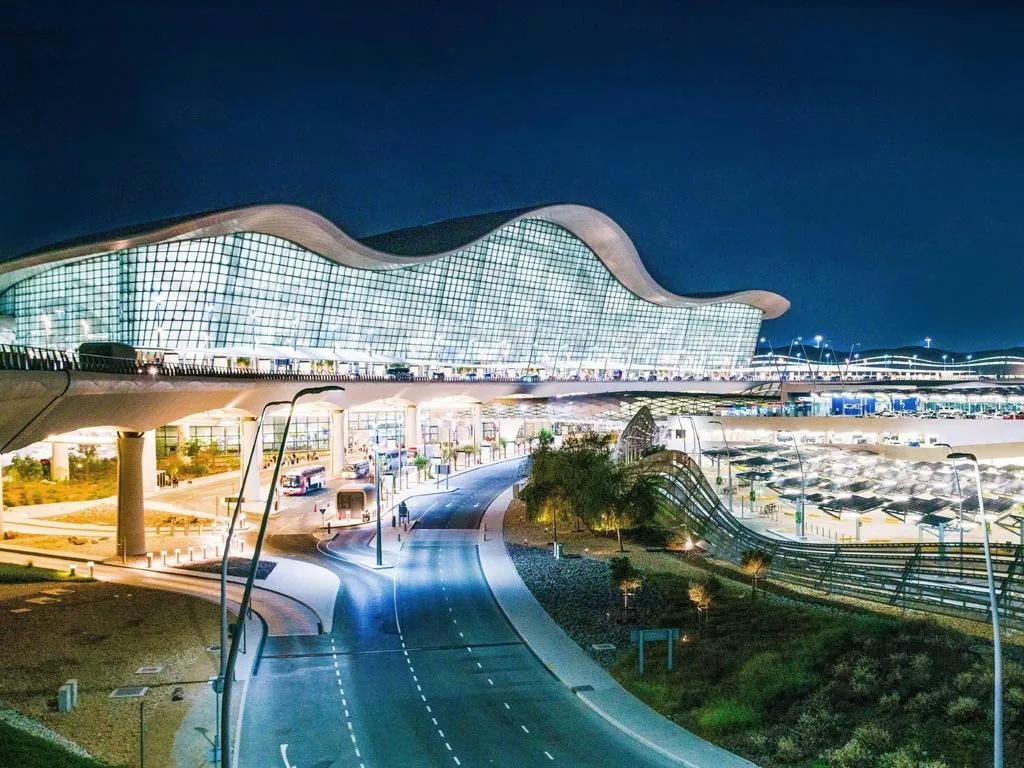
UAE Airports Adopt AI to Manage Rising Passenger Traffic

Spain’s Leading Airlines and Hotels Use Google Flights AI to Enhance Holiday Offers
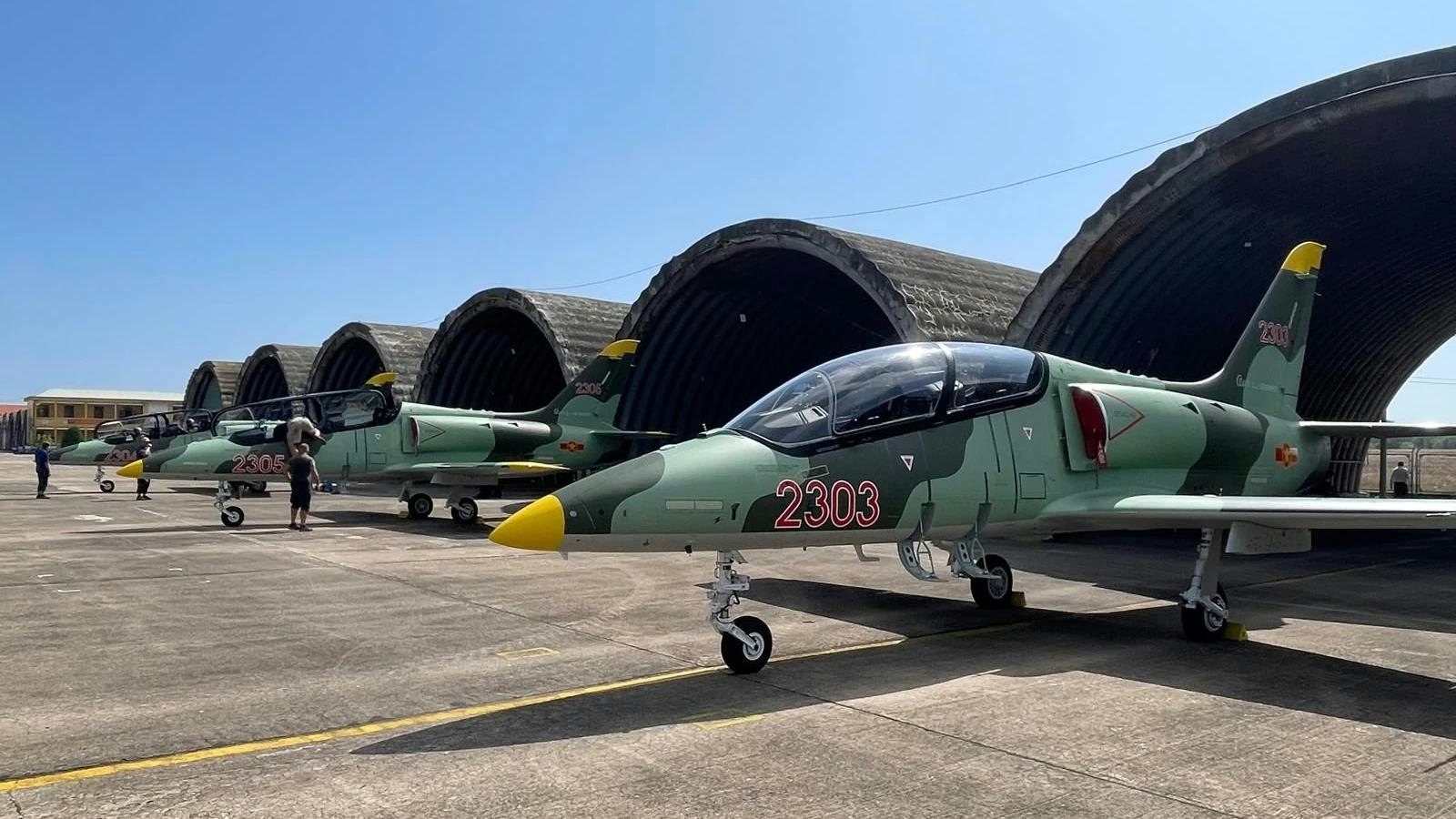
Vietnam Grounds 28 Aircraft Amid Global Engine Shortage

United Airlines Flight Returns to Dulles After Engine Failure on Takeoff

United Airlines flight makes emergency landing at Dulles after engine failure

The Impact of the New Air Force One’s Delayed 2028 Arrival on Aviation and Travel

United Airlines Restarts Controversial AI Scheduling for Flight Attendants

Joby Aviation’s Air Taxis Poised to Change Urban Travel and Tourism
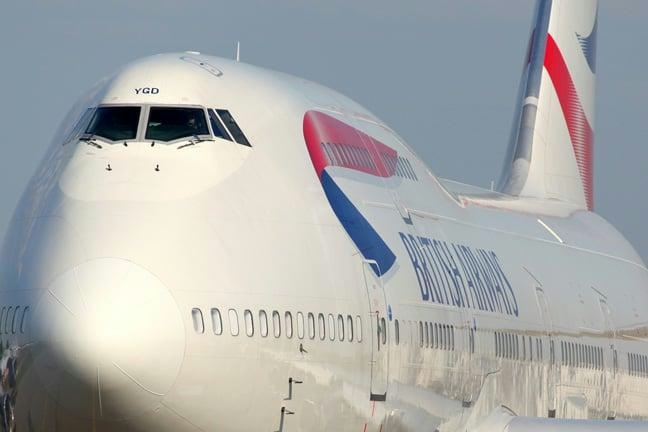
BA Chief Warns AI Agents May Diminish Brand Visibility
